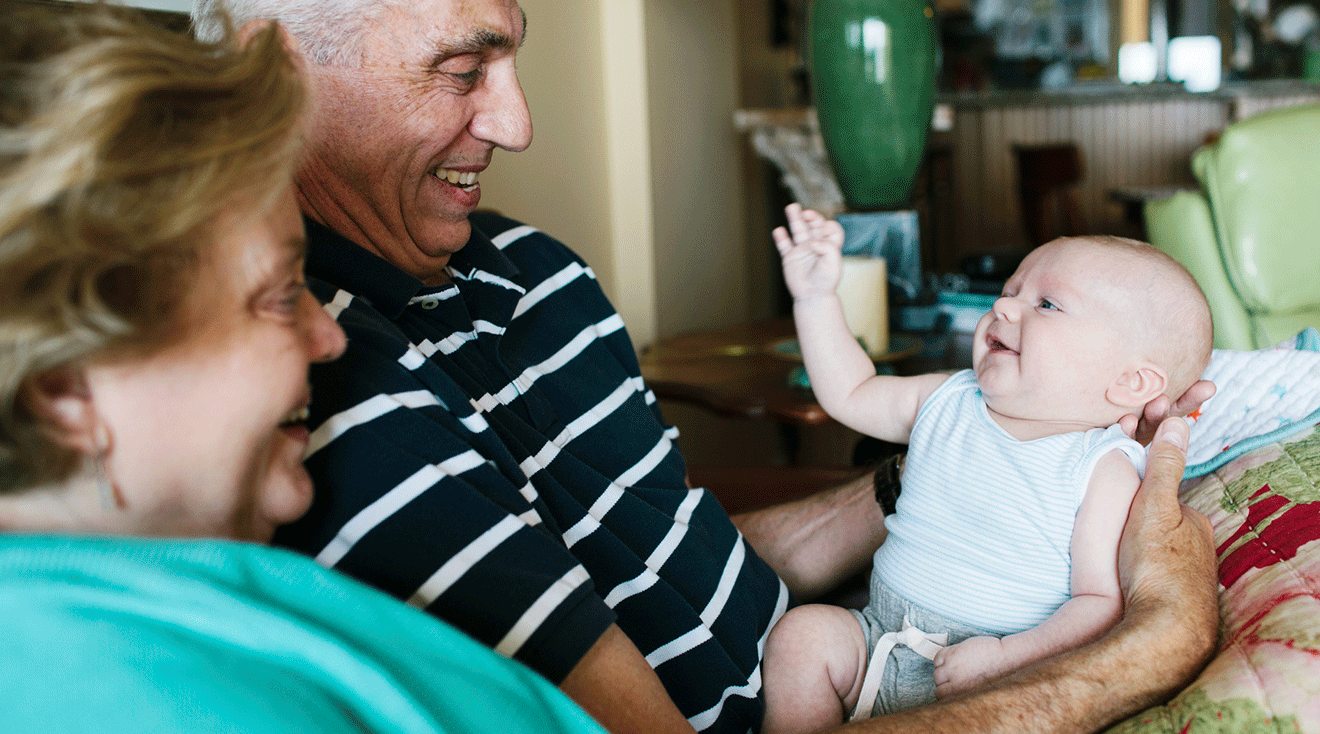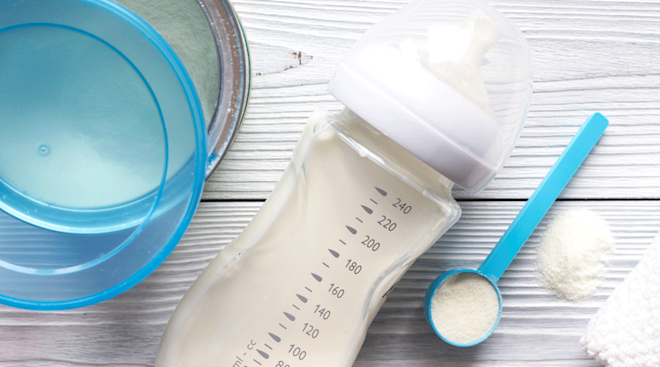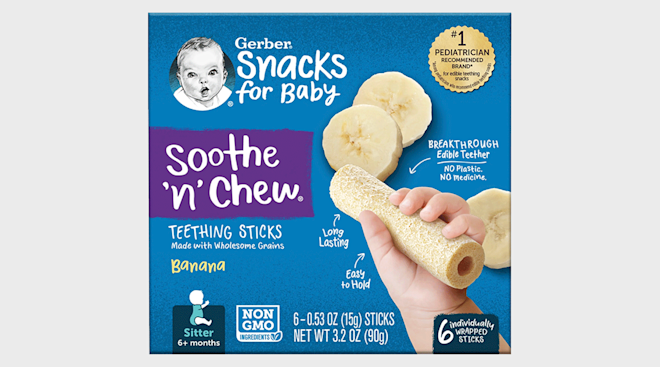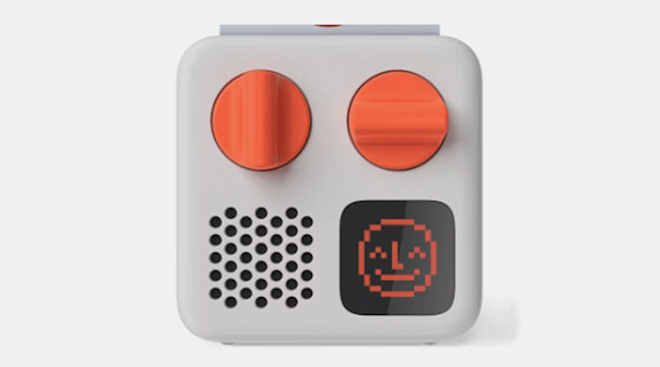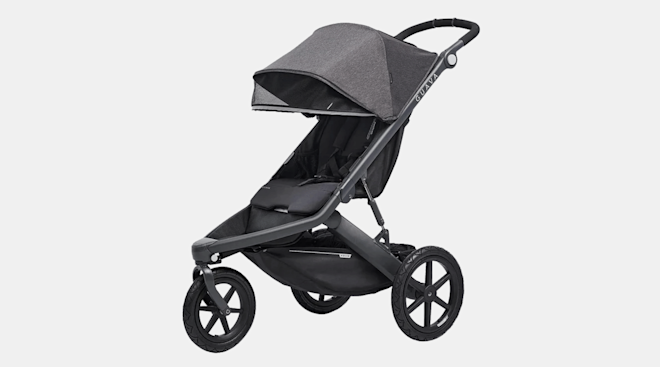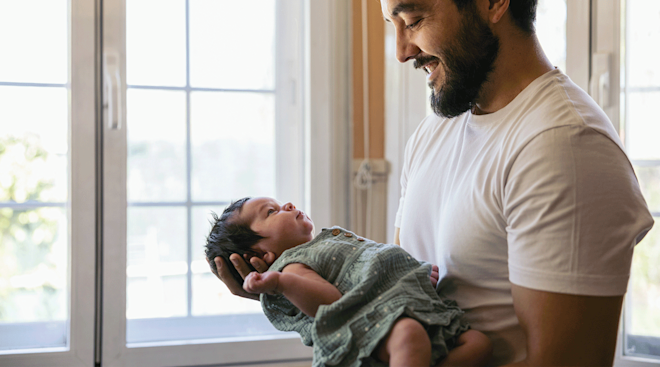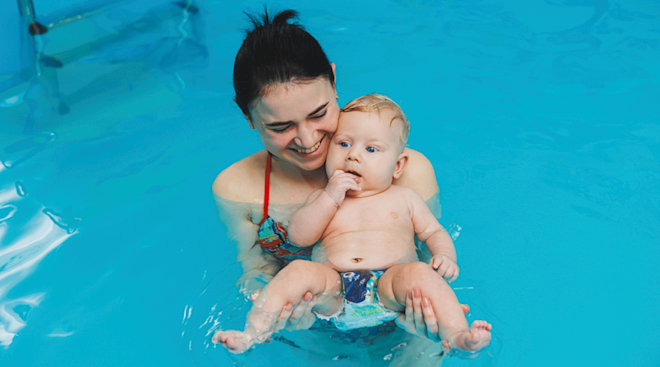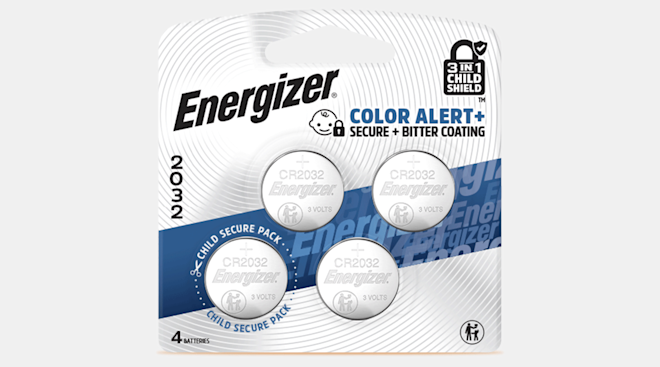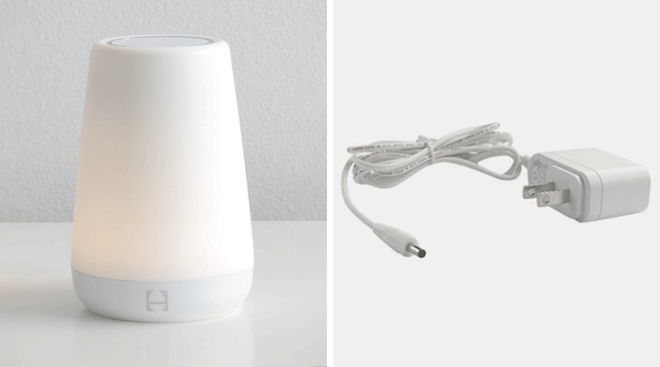How to Prep Grandparents for Babysitting Your Newborn
Moms and dads deserve a little break now and then—and if baby’s grandparents are around and willing to babysit, all the better! You get to duck out for some alone time, and Grandma and Grandpa get to bond with their grandchild. But just as with any babysitter, you of course want to make sure they’re clear on how to safely care for your child. It’s especially important to review some basic safety rules with older generations, since guidelines and recommendations around infant care have changed quite a bit over the years. Here, some key safety tips to pass on to grandparents as they prepare to babysit your newborn.
A happy baby can give babysitters a false sense of security. Even if they’re content and aren’t clamoring for attention, never leave baby alone—whether you’re at home, in the car or anywhere else. An emergency can arise at any time, and it’ll likely occur without notice. To keep an eye on baby while they sleep, grandparents should use a baby monitor whenever possible. Take a minute to explain how it works (camera zoom/pan, volume control, intercom, etc.) so they can use the tool properly.
Baby should also never be left alone while on the changing table. Remind grandparents to keep diapers, wipes and other changing supplies at arm’s length, so they don’t have to bend down or turn their backs. In the blink of an eye, even newborns can accidentally roll off the table. The same goes for leaving your little one unattended on a bed, chair, sofa or other furniture where they could fall.
Back in their day, grandparents put their babies to sleep on their tummies, since at that time it was thought to be the safest position. Since then, however, doctors have discovered that the best way to reduce the risk of Sudden Infant Death Syndrome (SIDS) is to lay babies down on their backs, never their sides or stomachs.
It can be tempting for grandparents to tuck a blanket around baby and a stuffed animal into their arms, but emphasize that when it’s time for baby’s nap or nighttime sleep, the only things that should be in the crib are a mattress, a tightly fitted sheet and your newborn. Toys and loose bedding (as well as crib bumpers, sleep positioners and other items) can pose serious suffocation, strangulation and entrapment hazards. If they’re concerned about keeping baby warm, show them how to zip your little one into a wearable blanket.
Grandparents can certainly swaddle a newborn—after all, it’s a great way to calm a fussy baby. But it’s important to do so safely. Swaddles that come with zippers or Velcro closures make it easy to get a proper wrap, but if you have traditional swaddle blankets, take a minute to show baby’s grandparents how to swaddle correctly. You don’t want the blanket coming loose while baby sleeps, but you also don’t want to swaddle baby’s hips and legs tightly, since that could lead to hip dysplasia. Your little one should be able to freely move their legs and hips; if they can’t, grandparents need to adjust the swaddle.
It’s everyone’s nightmare: What to do if baby chokes? Before you head out, walk the grandparents through basic infant first aid and CPR moves. If they’re going to be babysitting on a regular (or semi-regular) basis, it’s a smart idea to have them attend a pediatric first aid and CPR training class, like the course offered at SureFire CPR. During the class, grandparents can learn how to perform infant, child and adult CPR and help conscious and unconscious choking victims, among other life-saving techniques. A pediatric first aid and CPR training class usually requires only a few hours to finish.
Talk to the grandparents about baby’s feeding schedule, including when they eat and how much—and note that they shouldn’t let your child suck on a bottle as they fall asleep in their crib, since it can lead to ear infections and tooth decay. Have them take the bottle away before naptime or bedtime. And just as you wouldn’t leave baby unattended while eating solids, they should never leave baby alone with a bottle.
Car seats actually haven’t been around for all that long—they were first invented in 1962, and laws requiring kids under a certain age to ride in car seats weren’t implemented until 1985. Remind grandparents that if they’re going to take a car ride with baby, they must buckle your child into their rear-facing car seat. Show them how to properly position the chest clip and get a snug fit and how to install the seat into the base to ensure your little one stays safe.
Zack Zarrilli is a firefighter and the owner of SureFire CPR. His company is comprised of firefighters, paramedics, lifeguards and EMTs who teach hundreds of CPR, BLS, AED and first aid classes every year. SureFire CPR’s instructors teach from their own real-world experience and specialize in on-site CPR and first aid training in all of Southern California. Follow them on Facebook.
Please note: The Bump and the materials and information it contains are not intended to, and do not constitute, medical or other health advice or diagnosis and should not be used as such. You should always consult with a qualified physician or health professional about your specific circumstances.
Plus, more from The Bump:
Navigate forward to interact with the calendar and select a date. Press the question mark key to get the keyboard shortcuts for changing dates.
































